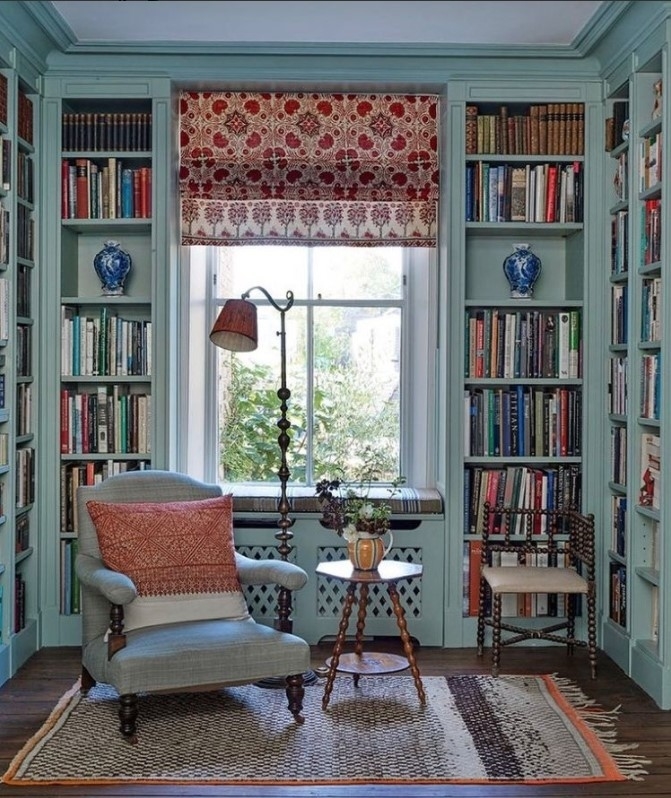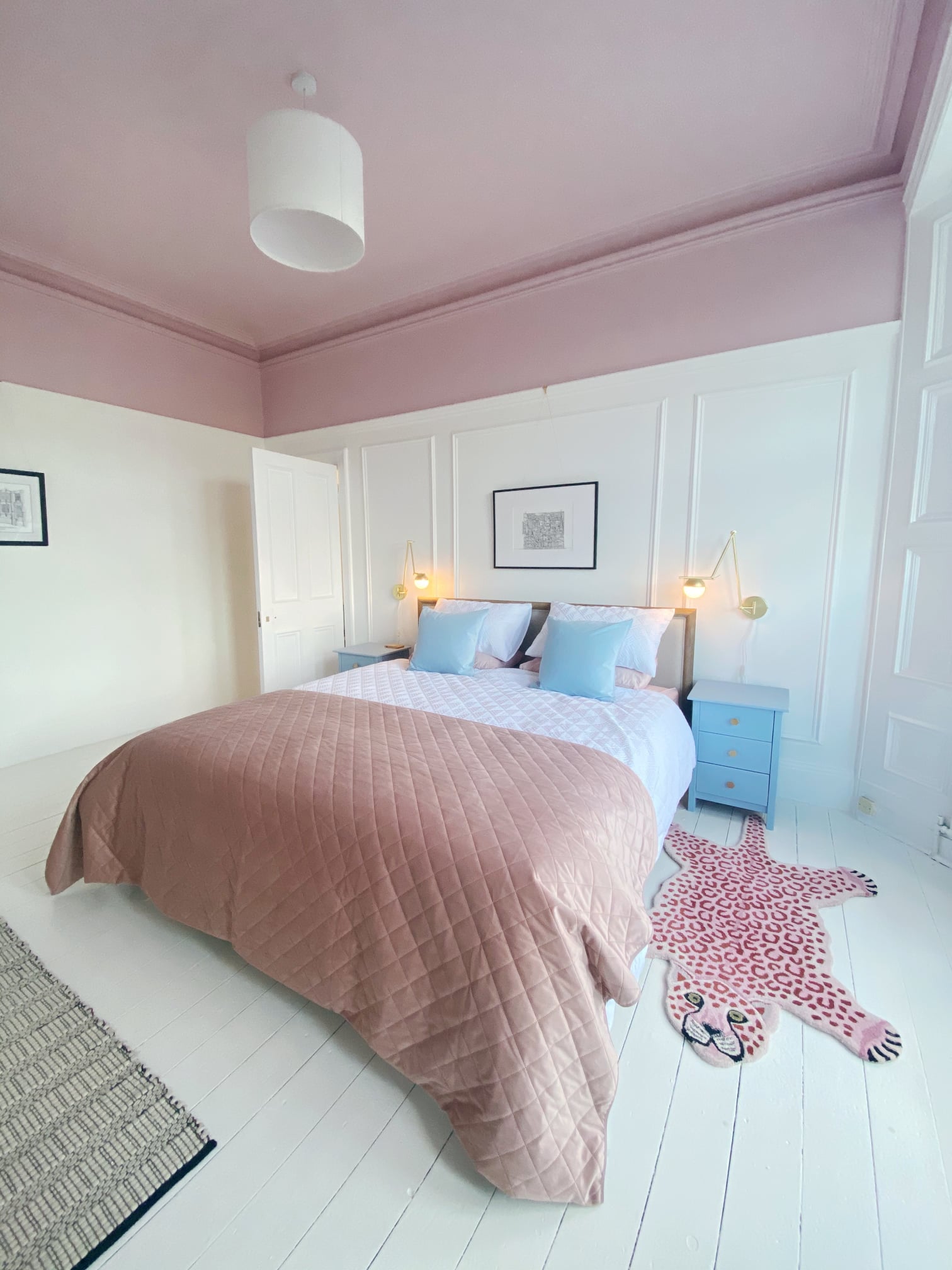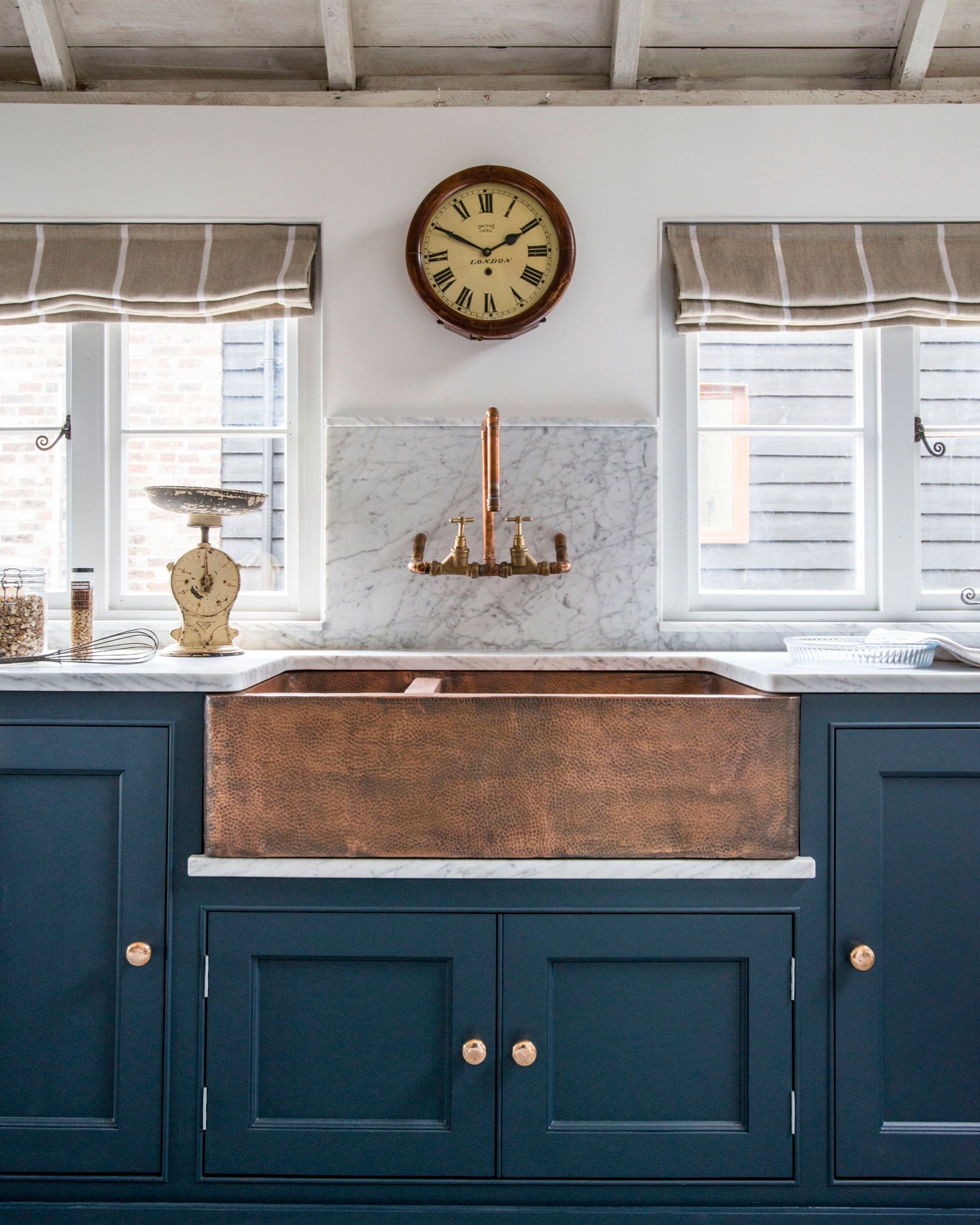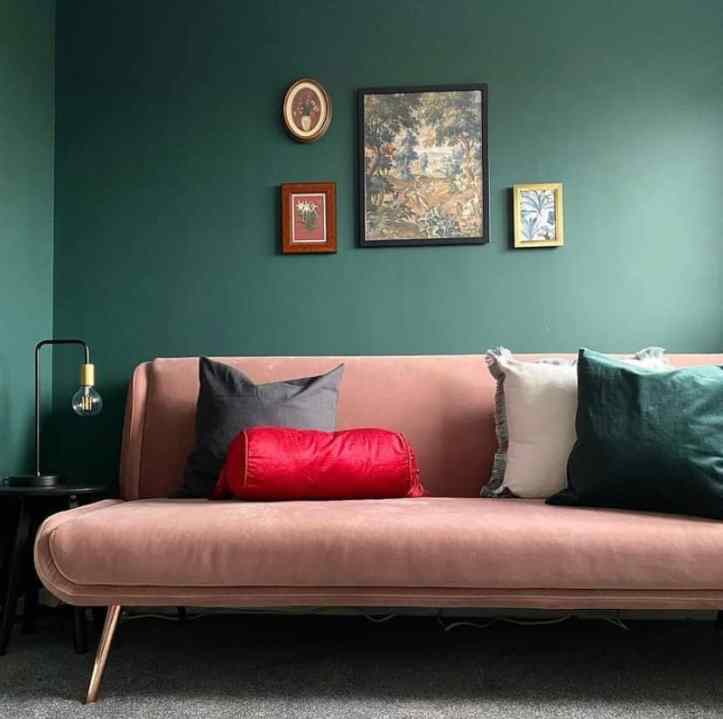Hands up if you’ve ever had your house decorated and strategically placed a couple of empty tins of Farrow & Ball Dead Salmon on the doorstep so the neighbours appreciate your excellent taste.
It happens a lot, says Henry Prideaux, a London-based interior designer who agrees that a certain kind of paint brand, ‘can appeal for a variety of reasons, whether it is for its environmental credentials, ease of use, or value for money. Sometimes though, it’s a case of keeping up with the Joneses and impressing your friends by using the best and most expensive.’
At £52 for a 2.5L tin, it’s clear that Farrow & Ball has become a dictum for a certain kind of smug.
However, the hegemony of the Dorset-based company, established by John Farrow, a chemist, and Richard Ball, an engineer, in 1946, is being challenged by upstart paint brands. There are brands out there that appeal to both traditionalists and millennials. The Little Greene Paint Company with its ‘Colours of England’ range, such as the incongruously named Indian Yellow, is proving popular, while many others have discovered the paint collection from the eponymous Edward Bulmer, who draws on his background as an architectural historian.

Millennials might not be able to afford to buy their own home, but they can certainly make the best of a rental with a statement wall swathed in COAT’s carbon-neutral Adulting, a ‘dark greyish teal’ flat matt retailing at £42 for 2.5L.
Queasiness over chemical components and the effect of production and waste disposal on the environment are making a significant impact on the paint market, now worth £925m, according to building and construction trades analysts AMA Research.
Eco-paints which can claim sustainable credentials – such as no VOCs (volatile organic compounds), plastics, micro-beads and petro-chemicals, and so safe on nursery walls your children can lick them – are gaining firm favour with younger home improvers keen to keep their carbon footprint under control and their house healthy.
Water-based and wipeable Lick, an inspired name for a paint range if ever there was one, promises that its range of 49 shades will ‘make your walls smile’ and for less-experienced DIYers, helpfully groups them under prosaic colour headings such as ‘blue paint’, £38 for 2.5L. No Stiffkey Blue here to make the under-30s titter.

Graphenstone, meanwhile, takes a thoroughly grown-up approach, having developed paints that are even capable of purifying the indoor air you breathe, Ecosphere White,1L, £21.50. All the company’s paints are formulated using pure inert carbon-based ‘graphene’ technology which forms a powerful mesh of natural components at molecular level. However, to ensure the company’s embedded carbon footprint is as low as possible, Graphene ships paints with a reduced amount of liquid, so you have to add a hefty splash of good old tap water before use.
Is the outlay for extra kudos worth it though? If you’ve ever tried to cut corners by mixing your own ‘heritage’ paint using a cheap vat of trade matt white and a couple of fancy-brand tester pots, you’ll know that on balance, it probably is. Highly-pigmented – and therefore more expensive – paints offer both a subtlety of shade and a depth of tone that is impossible to emulate given the lack of laboratory facilities available in the average domestic kitchen sink.

‘We can all go our local hardware store and buy Dulux or Crown retail paint, five litres of standard coloured emulsion for about £26, but is this a fair comparison?’ says William McNiece, manager of Designer Paint Store in Ashby-de-la-Zouch, Leicestershire, selling a number of high-end brands including Farrow & Ball, Little Greene, and Graham & Brown, a Blackburn-based firm known also for its classic wallpapers. ‘Do we compare a Ford at £15,000 to a BMW at £50,000? Of course not, so why do we do it with paints? Paint for many years has been seen as a product that should be cheap, but this is changing. People are putting more consideration than ever into what goes on to their walls and woodwork, both internally and externally.’
Prideaux lets slip that those who still think Farrow & Ball impresses the neighbours might like to know that the prestige brand to top them all, Mylands, barely gets a mention at dinner parties, but has legions of fans.
With a Royal Warrant of approval, its paint has graced walls on film and television in Harry Potter, Star Wars, Game of Thrones and James Bond. A two and a half litre pot of TT-007™, a sophisticated plum, costs £55.50. And the names – Museum, Threadneedle, Beauvais – certainly rival the paint poetry of F&B.






